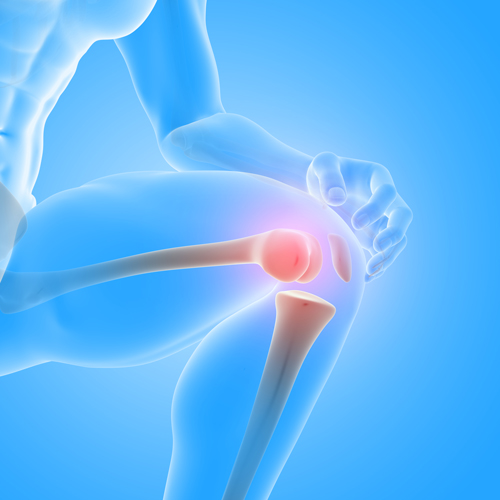Stay in the Hospital
Your stay in the hospital is dependent on your recovery and walking. It normally varies for 3 to 5 days. It takes one extra day if both the knees have been replaced together at the same time.
Post surgery, you will feel some pain in your knee which is normal. Pain medications will be given to you to make sure you are as comfortable as possible. You may have an Epidural (Spinal anaesthesia tube) catheter entering your back which is kept for 24 hours to deliver pain medications.
Once you are comfortable, under the guidance of a physiotherapist, exercises of the foot are started as soon as possible.
You would have a large dressing on your knee to prevent any infection and prevent fluid loss. Which is later changed to a smaller dressing and knee bending can be done better.
Your surgeon shall visit you to assess you clinically and shall determine when is the best time for you to get discharged and go back home!
90% of the patients are able to stand up on the same day of the surgery within 4-6 hours.
Most of the patients are able to walk unassisted within 1-2 days after the surgery as the thigh muscle regains its power.
Physiotherapy continues twice daily and you are instructed to continue passive exercises in the time in between as well to ensure a speedy recovery.
Recovery at Home
The success of your surgery largely depends on how well you follow your Orthopaedic surgeon and physiotherapists instructions regarding the rehabilitation as well as care of your knee.
Once home, a physiotherapist shall also visit your home daily to make sure your exercises and recovery is going in the best direction. He/She shall also slowly increase the grade of your exercises according to your comfort to achieve the best results. These exercises increase your range of motion and also strengthen your muscles which support the knee. You must follow these exercises and advice diligently to achieve the best results after the surgery.
Slowly you can start resuming your daily activities like a morning walk, your Job or any household work.
You will soon forget that you do not have your natural knee and that it has been replaced.
Post up follow up should be done with your Orthopaedic surgeon 4 weeks after your surgery to make sure everything is going well. Your post up X-rays will be taken and even you will be able to compare with your pre-op X-Rays and judge how much better it is!!
Complications
All measures are strictly taken to prevent any complications, but, as with all major surgical procedures, knee replacement complications can occur in a small number of patients.
Serious complications like Joint Infection and Thrombosis occur in less than 1% of patients.
Major complications like heart problems occur even less frequently. When such complications occur they can limit or lengthen your recovery.
- Deep Vein Thrombosis (DVT): This is a condition in which blood clots are formed within the large veins of the leg. These clots can dislodge and get impacted in the body like the lung and cause respiratory distress. This is prevented by Blood-thinning medications, Tight leg stockings, foot and ankle exercises and rapid mobilization from the bed.
- Infection: Although all precautions to prevent joint infection are taken throughout the procedure, less than 1% of patients may suffer from an infection. These can be treated by Antibiotics, Joint wash out or Revision Knee Replacement.
- Knee Stiffness: Can be prevented by following the protocol of exercise laid out by your surgeon and physiotherapist.
Treatments Offered

